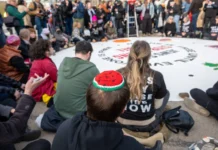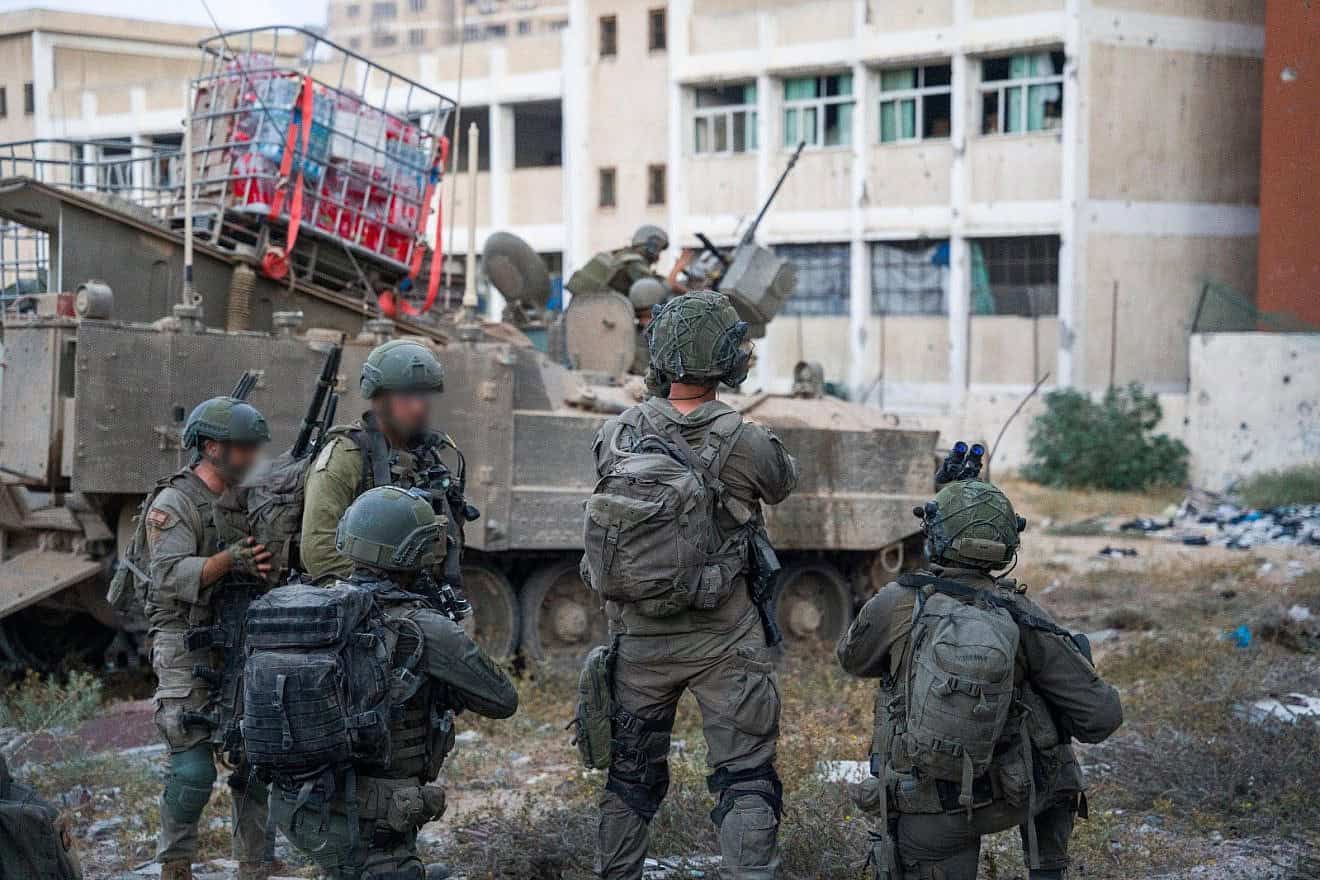After 10 months of fighting, many ask why Hamas has not yet been destroyed and Israel’s war objectives have yet to be fully realized.
At the beginning of the war, some in the defense establishment and government sought to avoid a ground maneuver in Gaza. Similar advice was offered by the American officials who frequented Israel. There were several reasons for this hesitation, primary among which were doubts regarding the ability of ground forces to operate effectively in Gaza’s complex environment. While it took time to make the decision to go ahead with the maneuver, once made, Israeli forces acted decisively.
However, over time, the senior command became hesitant in its use of force, imposing numerous limitations on the advance of forces. It was as if they envisioned the campaign as a large special operation and not a series of divisional attacks during which it was necessary to maintain the principles of war, particularly that of continuity. This resulted in frequent halts in operations, especially in Rafah, partly due diplomatic pressures from the United States that the political echelon was unable to withstand. However, lack of professional resolve among the highest military ranks also contributed to the unnecessary prolongation of the conflict.
Another factor prolonging the conflict—one that is still in play—is the issue of humanitarian aid, which has two aspects. The first is the scope of aid entering Gaza and the second is how this aid is distributed. From the start, Israel faced intense American pressure to transfer humanitarian aid and fuel to Gaza, despite Washington’s knowledge that much of it would reach Hamas and enhance its ability to survive in Gaza’s tunnels. The political echelon’s inability to withstand this pressure undermined one of Israel’s key leverage points to secure the return of the hostages and prolonged Hamas’ military and civilian survivability.
Hamas’s control over humanitarian aid gives it breathing room and maintains its influence and power among the population. Some aid is diverted to the organization’s needs (food and fuel), while the rest is distributed by it; Hamas uses the aid to recruit new operatives (by supplying them with food) and to strengthen its control over the Gaza Strip and its population. Moreover, the aid is not distributed in a manner that aligns with the IDF’s operational objectives, thus complicating efforts to evacuate civilians from areas of conflict, such as northern Gaza, and hindering military operations. The IDF’s hesitation in putting a stop to this by imposing partial and temporary military rule or assuming responsibility for aid distribution prolongs the war and hampers the IDF’s ability to achieve its objectives.
Another factor contributing to the prolonged conflict is the hostage issue. The IDF has acted cautiously throughout the conflict and continues to do so to avoid harming the hostages. Operational planning of the ground maneuver and the use of firepower have been calculated to reduce the risk to them. This caution likely resulted in missed operational opportunities and will likely continue to influence the IDF’s conduct in Gaza.
A delay of some four months was also caused by American and international pressure to avoid operations in Rafah and the Philadelphi Corridor along the Gaza-Egypt border. This pressure was driven primarily by concerns over harm to civilians and actions that could hinder potential hostage negotiations. However, it now seems clear that these concerns were in fact an excuse for the United States and elements in the international community to impose a ceasefire on Israel. Precious time was lost before the IDF began operations in this area under a format acceptable to Washington.
The IDF’s preparedness for the conflict in Gaza was also inadequate, to say the least. This was manifested in several areas, including force buildup. Over recent years, the IDF has neglected its ground forces, particularly reserve units, due to a belief that wars could be won with intelligence, remote firepower and advanced technology operated by small units.
This perception led to a shift in resources away from the ground forces and toward intelligence and precision firepower. As a result, the IDF’s ground forces were cut, armored brigades disbanded and the procurement of key combat platforms (tanks and APCs) reduced. The artillery and engineering corps (primarily heavy engineering equipment) crucial for ground operations in complex areas like Gaza and Lebanon have also been cut back. Tens of thousands of reservists were released from the IDF, and training for those who remained was also significantly reduced.
The truth must be told: Some senior IDF commanders failed to grasp the multi-front threat and consequently failed to understand the importance of maintaining the readiness of ground forces, particularly in the reserves.
These force buildup issues, coupled with a lack of sufficient ground forces, are among the main reasons for the difficulty in conducting simultaneous operations across multiple combat zones in Gaza. The lack of civilian oversight by the political echelon of the IDF’s force buildup also contributed to the army’s poor preparedness.
Lack of preparedness in operational planning exacerbated the force-buildup situation. This was evident in two main areas: First, the IDF underestimated the threat posed by Hamas, particularly its underground infrastructure and tunnel network. Second (directly derived from the first) was the absence of operational plans for a scenario like the one unfolding in Gaza—the full occupation of the Gaza Strip and the destruction of Hamas.
For years, Gaza was considered a secondary arena, with the General Staff focusing mainly on the northern front and Iran at the expense of intelligence gathering, operational planning and attention to Gaza. As a result, the IDF found itself scrambling to formulate updated operational concepts and implement them during combat. This neglect directly affected the duration of the conflict.
Finally, while the prolongation of the conflict in Gaza is the result of multiple factors, the IDF’s unwillingness to take over the distribution of humanitarian aid, as required by international law, is the main reason currently preventing the complete destruction of Hamas’s military and governmental capabilities. The political echelon bears significant responsibility for this, due to its inability or unwillingness to confront the military and force it to take the necessary steps in the civilian sphere. Other factors also contributed, as detailed in the article. Addressing these issues in the civilian sphere is essential to completing the destruction of Hamas’s military and governmental capabilities.
Originally published by the Jerusalem Institute for Strategy and Security.

























